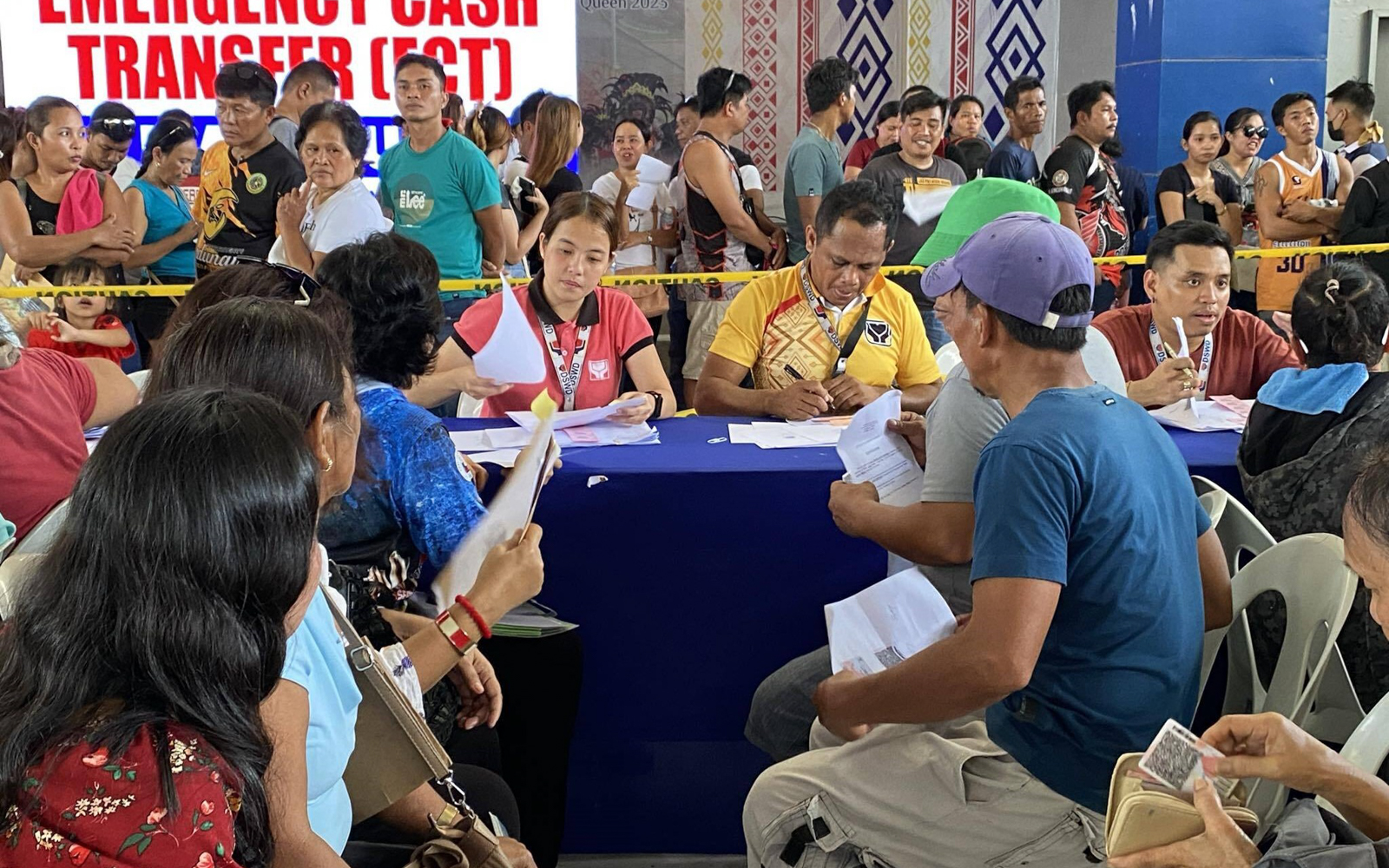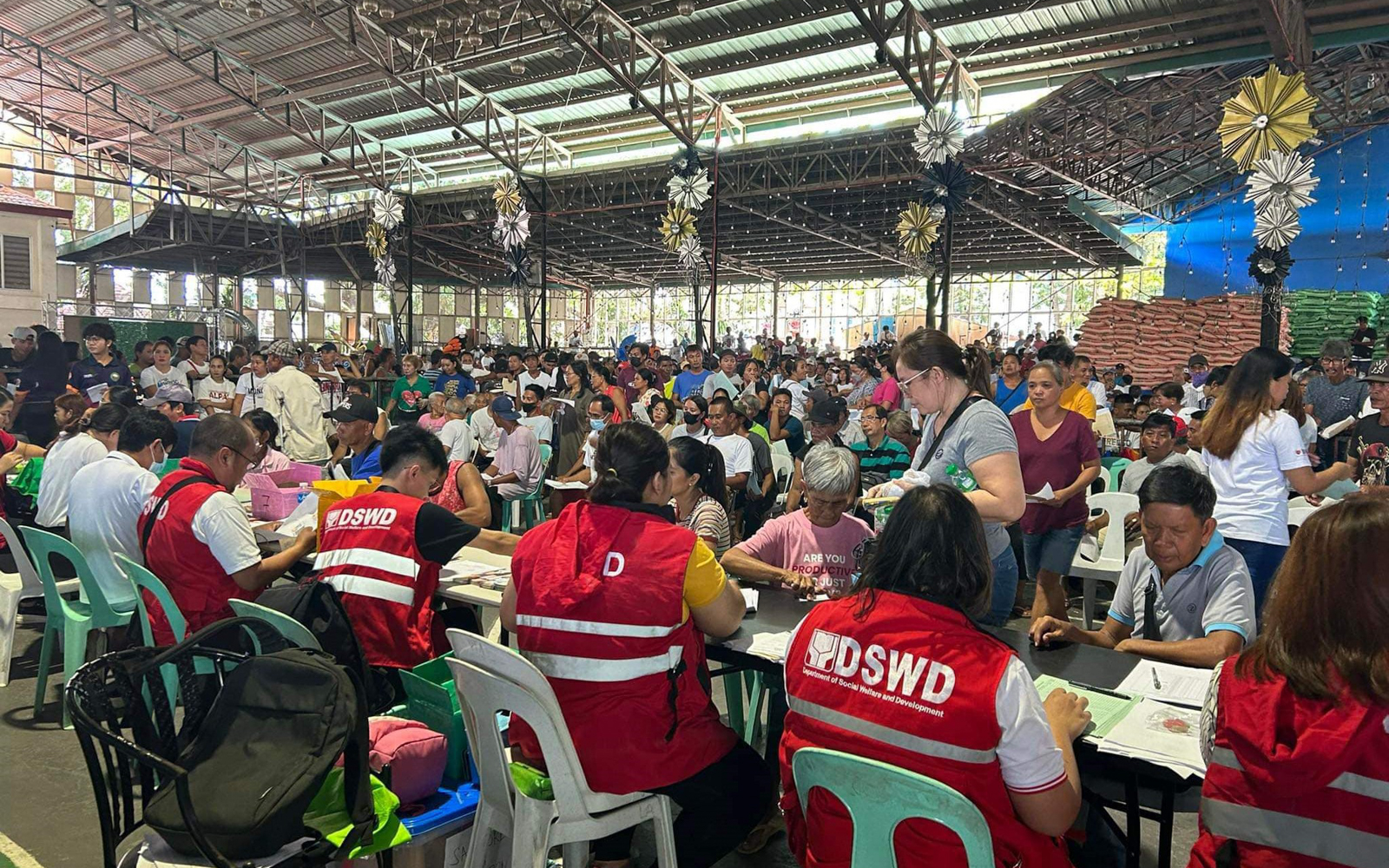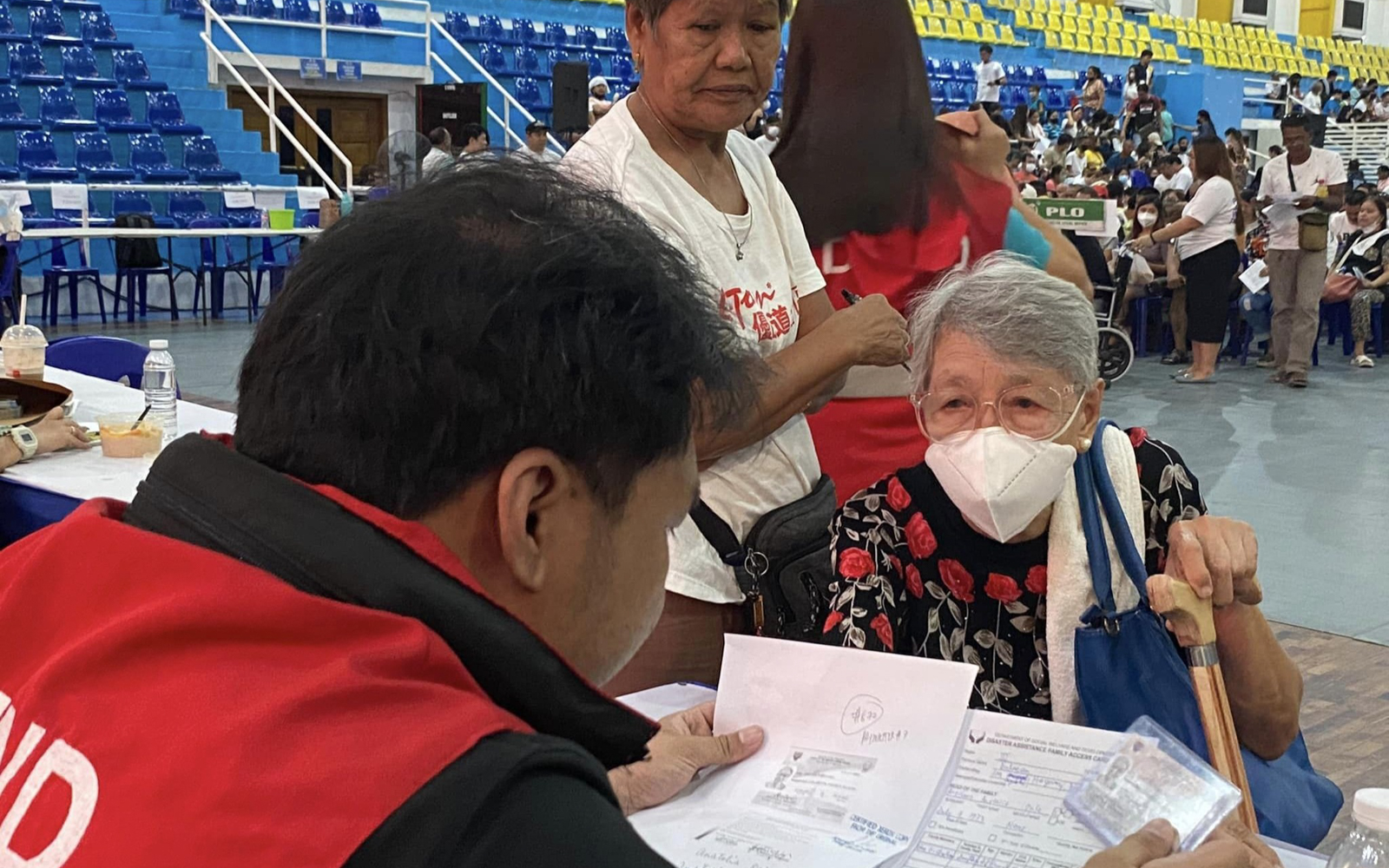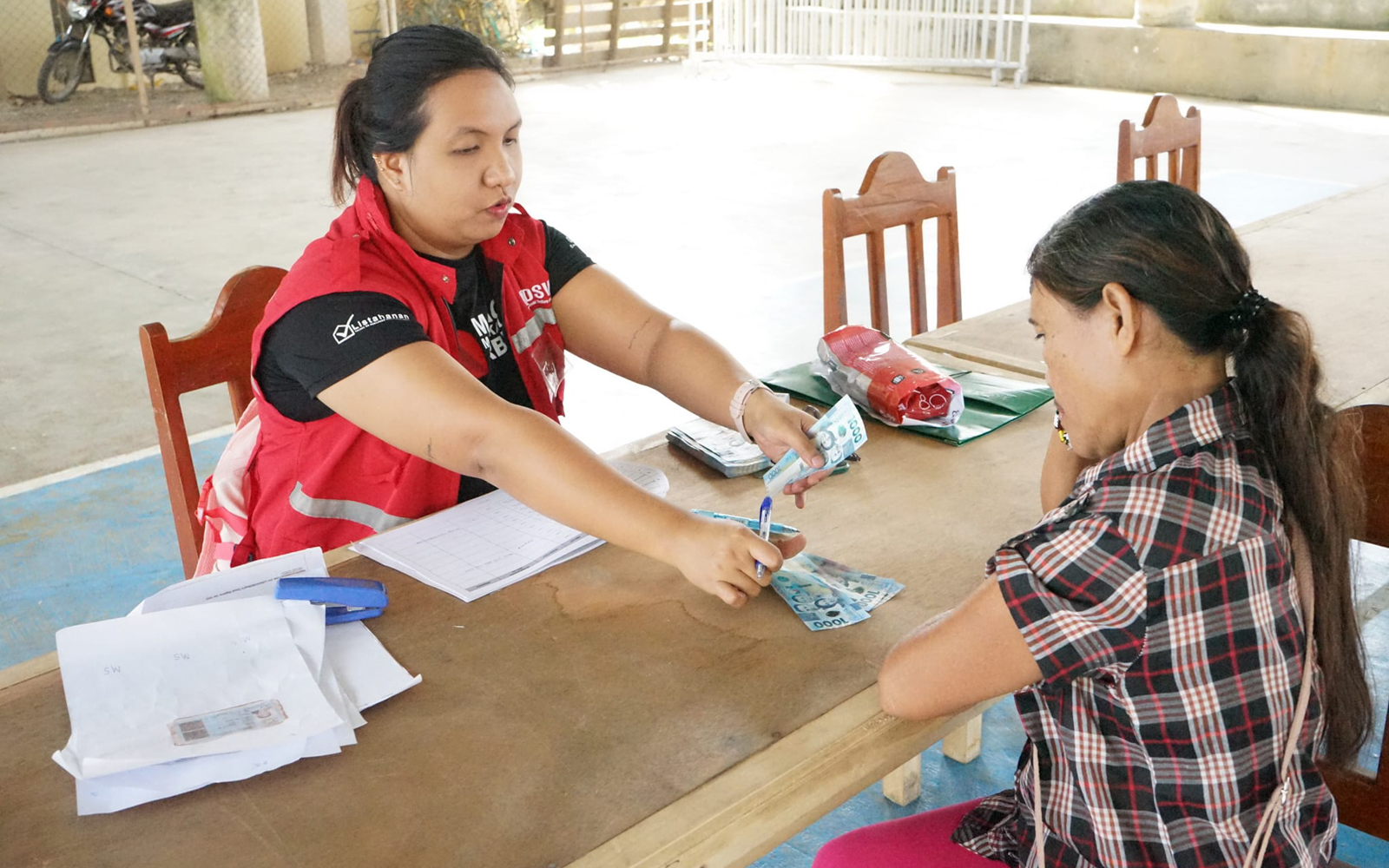ECT
Emergency Cash Transfer
The Emergency Cash Transfer (ECT) is an adaptive strategy in bridging the gap between immediate disaster relief, humanitarian response, and early recovery support in disasters and emergencies by providing unconditional cash assistance to disaster-affected families that require intervention. Unlike anticipatory assistance or those provided prior to the actual occurrence of shocks, ECT is a post-disaster intervention in the form of cash transfers given to families surviving from covariate shocks.
-
The Emergency Cash Transfer (ECT) provides unconditional grants to disaster-affected populations, bridging the gap between existing Relief Assistance and Early Recovery supports:
- To address varied survival needs of victims
- To buy medicines and other health care needs, including more nutritious food
- To immediately undertake the repair of damaged shelter and/or main sources of income
- May be implemented in tandem with the general distribution of food and non-food items (NFIs).
- Reduces the administrative costs by lessening logistical demands for the transport of relief resources.
- Supports the early revival of the local markets.
- May be done simultaneously in different disaster-affected areas, as well as to respond to a series of disaster events over a period of time.
- Triggered by the declaration of State of Calamity, but assistance commences only when the local markets are operational and capable of supplying the items needed by the affected population.









